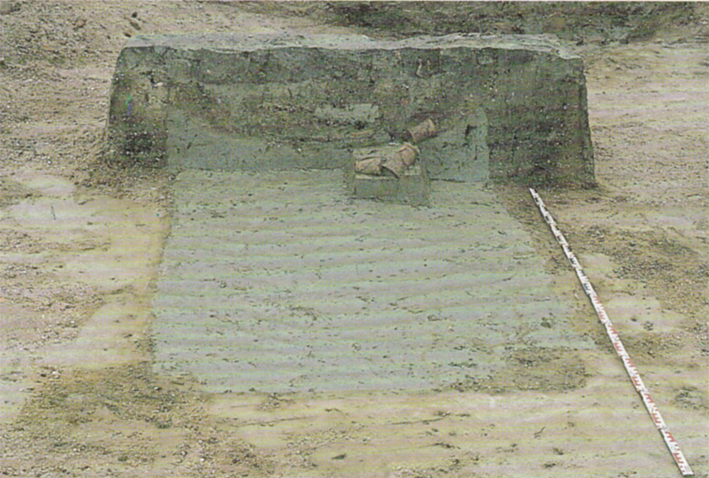
Dear Colleagues,
I am working on a topic, related to the clay preparation in the Roman period. I am trying to collect evidence for the different facilities in use during this process and the proofs of their presence in the ceramic workshops. I found some basic information in Peacock’s work on Roman pottery (Peacock 1982), and data for excavated structures in for example Pergamon, Sagalassos, Rheinzabern (see Poblome et al. 2001, Reutti 1983) etc. Unfortunately, I was unable to find publications with more specific information for the general layout of these facilities in the ceramic workshops and the exact way they were used. My goal is to find the differences in the layout and operation of the structures, used for clay settling, levigation, sedimentation and any other process related to the preparation of the raw material, together with the distinctive traces they leave in the archaeological record. I would be gratefull if someone could help me with bibliographical references or personal experience in this matter.
Best regards,
A. Harizanov
Bibliography:
Peacock 1982: D. P. S. Peacock. Pottery in the Roman World: an ethnoarchaeological approach. – Longman, London, 1982.
Poblome et al. 2001: J. Poblome, O. Bounegtru, P. Degryse, W. Viaene, M. Waelkens, S. Erdemgil. The sigillata manufactories of Pergamon and Sagalassos. – JRA, 14, 2001, 143-166.
Reutti 1983: F. Reutti. Tonverarbeitende Industrie im römischen Rheinzabern. – In: Germania, 61, 1. Halbband, 1983, 33-69
